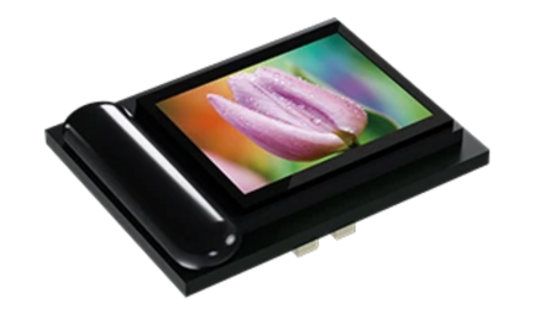In an era where miniaturization meets performance, micro display technology is making a big impact in a small package. These compact, high-resolution screens are powering the next generation of devices—from AR/VR headsets to medical imaging systems and military optics. As the demand for portable, immersive, and energy-efficient displays grows, micro displays have become a vital part of modern visual systems. In this article, we’ll explore what micro displays are, how they work, their unique advantages, and where they are making a difference today.
What is a Micro Display?
A micro display is a small screen typically less than two inches in size, designed to deliver high-quality visuals within compact electronic systems. Built using technologies such as OLED, LCD, or LCoS (Liquid Crystal on Silicon), micro displays offer high pixel density and low latency, which make them ideal for close-proximity viewing in optical systems.
Unlike conventional screens, these displays can be embedded directly into devices like smart glasses, thermal cameras, and camera viewfinders, offering powerful visual output without occupying significant space.
Key Features of Micro Display Technology
- Ultra-High Resolution
Micro displays can deliver Full HD or even 4K resolution on screens smaller than an inch, providing incredibly sharp visuals for close-up applications. - Compact and Lightweight
These displays are extremely small and thin, which makes them perfect for wearables, optical scopes, and portable instruments. - Low Power Consumption
Micro displays, especially OLED-based ones, consume less power compared to traditional displays, making them ideal for battery-powered and mobile applications. - Fast Refresh Rate and Low Latency
Their fast response time enhances the experience in real-time scenarios such as virtual reality and motion tracking systems.
Applications of Micro Display in Modern Devices
- AR/VR Headsets
Micro displays are at the heart of most AR and VR headsets, enabling immersive visuals in a lightweight format. The high resolution and compact size allow for better user comfort and image clarity. - Military and Defense Optics
Used in helmet-mounted displays, night vision goggles, and smart scopes, micro displays offer reliable performance in high-stress environments. - Medical Equipment
Surgeons and medical professionals rely on micro displays in diagnostic devices and head-mounted visualization tools for real-time image clarity. - Digital Cameras and Camcorders
Electronic viewfinders and heads-up displays use micro displays to provide true-to-life framing and focus for professionals and enthusiasts.
Technology Behind Micro Display
Micro displays are based on several advanced technologies:
- OLED-on-silicon: Known for superior contrast and thin profile.
- LCoS: Ideal for applications requiring color accuracy.
- TFT-LCD: Still used in some low-cost applications but less efficient than OLED.
Each technology has its strengths and is chosen based on application needs, such as brightness, resolution, and durability.
Conclusion:
The world of displays is getting smaller, smarter, and sharper. Micro display technology stands at the forefront of this transformation, enabling innovation in fields that demand portability without sacrificing performance. From augmented reality to advanced medical imaging and military optics, these compact screens are helping shape the future of visual experiences. Investing in high-quality micro display components is not just a trend—it’s a necessity for any forward-thinking brand or application.
Explore how micro display solutions can enhance your product design and user experience in ways you never imagined.
